Regular nail trims are an essential part of cat care, promoting both cat and human well-being while protecting your furniture, clothes and skin! However, it can be an anxiety-inducing task for everyone involved. Fortunately, there are many effective approaches to trimming your cat’s nails, and finding the right strategy can make the experience more manageable and less stressful for both you and your cat. Here, learn why nail trimming is important, when and how to trim a cat’s nails, and bonus tips for addressing issues that can arise from nails that would make even Freddy Krueger jealous.
Cat Paw Anatomy 101
Cats typically have 18 claws in total, with five on each front paw and four on each hind paw. The inner, shorter claw on the front paws is called a dewclaw. Unlike the other claws, dewclaws don’t usually touch the ground while walking. However, they still play a role in climbing and grabbing. Since they don’t wear down naturally, dewclaws need regular trimming alongside the other claws to prevent them from getting overgrown and uncomfortable.
Why and When to Trim Your Cat’s Nails
If a cat’s nails grow too long, they can start to curve and may puncture their footpads, leading to discomfort, mobility issues and infections. Longer nails are also more likely to snag on soft surfaces, potentially hindering their ability to climb and causing injuries.
If you adopted your cat as a kitten, it’s a great idea to start getting into the habit of trimming right away so your cat gets used to it (not to mention, the kitten age is often when they are the most destructive!).
All claws, including dewclaws, need regular trimming, typically every 2-4 weeks for indoor cats. You may discover that your cat’s front paws need more frequent trimming than rear paws. Older or arthritic cats, who tend to be less active, often require more frequent trims compared to younger, more active cats. Additionally, older cats may develop thicker, brittle nails, further increasing the need for more frequent nail care.
A Note About Declawing
We want to be clear that a nail trim is not the same as declawing. A nail trim for a cat is equivalent to humans trimming their fingernails. Declawing, on the other hand, is a surgical amputation of the last bone of each toe on a cat’s paw. In human terms, it would be akin to cutting off every finger at the first knuckle. Declawing should NEVER be used to prevent unwanted scratching.
Declawing has been found to cause behavioral and health issues, including back pain, litter box aversion and biting. It is banned or considered unethical in dozens of countries and states. In several U.S. cities, such as Denver, it is illegal to declaw cats!
Cat Care Society supports this ban. Scratching is a normal cat behavior that serves multiple purposes: removing dead husks from claws, marking territory visually and with scent glands, muscle stretching, and expressing energy and emotion. If you’re frustrated about your cat scratching furniture, starting with regular nail trims and positive reinforcement for using approved trees and posts is a great approach! We also share some other tips later in this article.
How to Trim Your Cat’s Nails
Most commonly, cat owners use a nail trimmer specifically designed for cats (or small dogs) like the one shown below. If the clippers are new, let your cat smell them first.
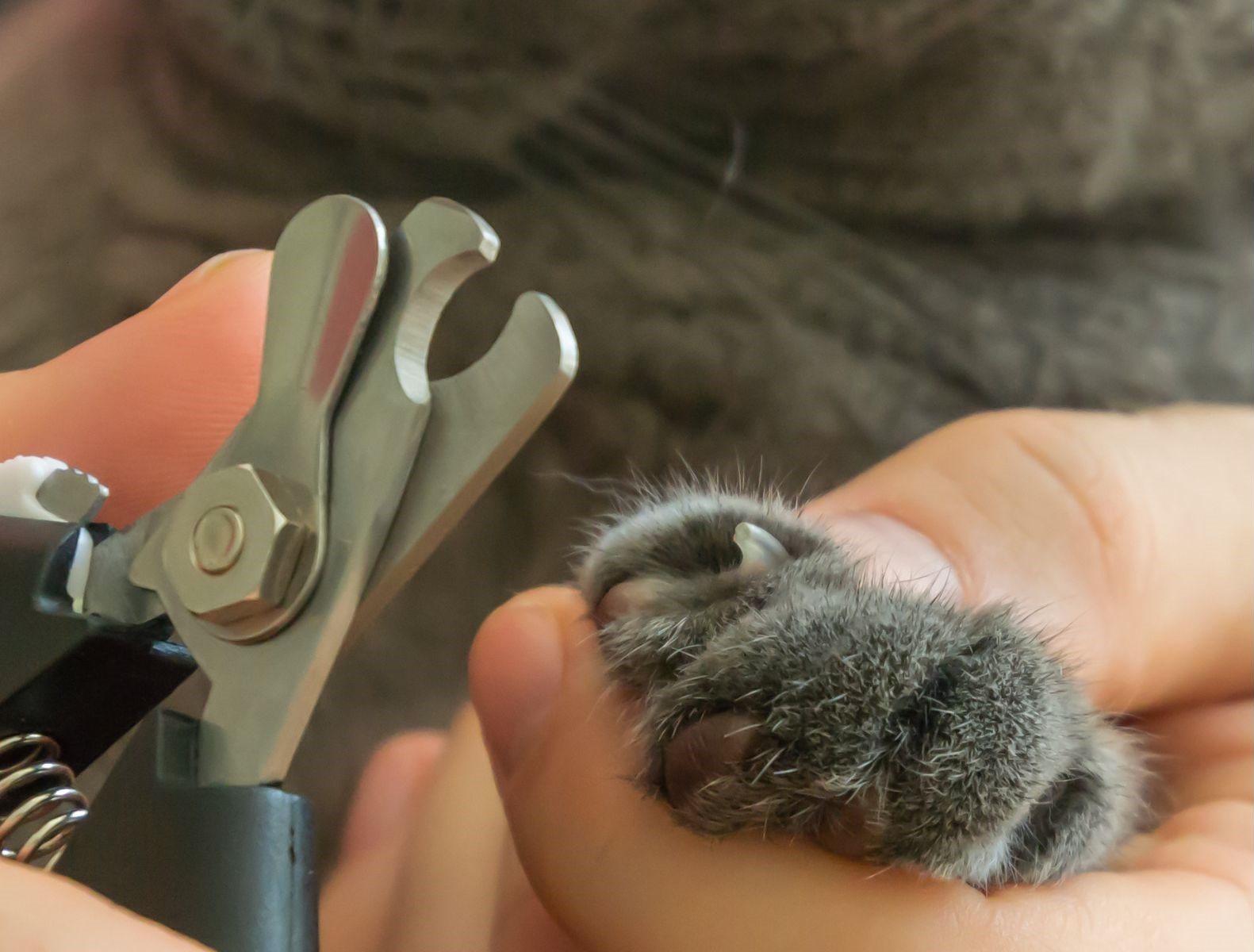
Get in Position
Before diving in, make sure your cat is in a comfortable position and relaxed. You can opt to be positioned behind your cat or holding them with both of you facing forward to make your cat more secure. You can also make it a two-person job and have one person hold the cat in a comfortable position while a second person trims the nails. If your cat is more experienced and/or super relaxed, you may find that you can position yourself in front of your cat.
Begin Trimming!
Cats have retractable claws, so to trim them effectively, gently press on the top of their paw to extend the claw completely. Use your other hand to hold the clippers and get ready to trim. Only trim the white part of the claw. The pink part of the claw contains actual tissue and can cause pain if trimmed. The Kitten Lady has a great analogy: Just like when we trim our own fingernails, we only trim the white parts!
Continue trimming each claw on every paw. If your cat begins to get squirmy, take a break! It’s perfectly fine to trim their nails over multiple sessions. Be patient and offer praise or treats throughout to keep your cat calm and cooperative.
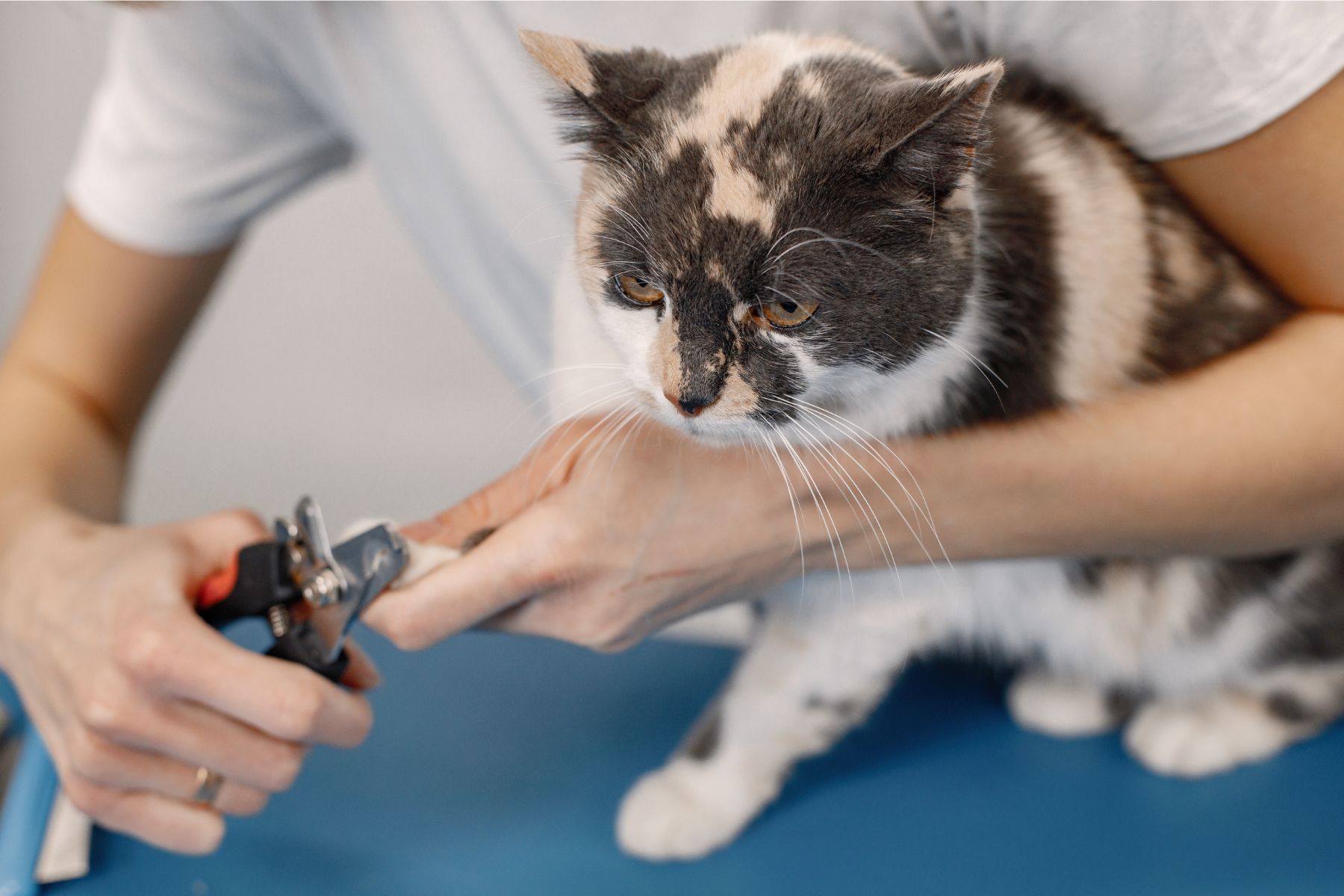
Extra Care for Anxious Cats
If your cat becomes very anxious or upset when having their paws touched and nails trimmed, you might find the “Kitty Burrito Method” helpful! All you need is a thick bath towel or blanket. Watch the video below for detailed instructions. Notice how the vet tech gently applies pressure from above to keep the cat secure.
Pro Tip: If you are unable to trim your cat’s nails for any reason, you can always find a groomer to do it. Many veterinarians and pet supply stores, such as Petco, Chuck & Don’s and PetSmart, offer nail trimming as a service.
Alternative and Complementary Scratching Solutions
There may be times when trimming a cat’s claws doesn’t completely solve the problem. Jake Confer, Cat Care Society’s shelter operations manager, recommends nail cap products like Soft Paws for situations when you want to ensure the safety of children or other animals from sharp claws. Claw caps can also help if a cat has skin issues and/or scratches themselves excessively. While it may take some time for the cat to adjust to the feeling of the caps on their claws, they do not interfere with nail growth or the cat’s natural ability to extend and retract their claws.
Other humane solutions for preventing cats from damaging furniture include using scratch barrier tape, applying deterrent spray to the area, and providing scratching toys that cater to your cat’s preferences. For instance, if your cat prefers scratching carpets, provide more scratching mats. If they scratch vertically on couch ends, add additional scratching posts. If you’re able to offer a catio space, that can also help deter inappropriate scratching.
Regular nail trimming for your cat is not just about protecting your furniture and skin — it’s a crucial part of their health and well-being. Fortunately, in most cases, nail trimming can become a manageable and stress-free experience for both you and your cat. Remember, it’s a gradual process that can be made easier with practice, patience and positive reinforcement.
Want more cat content in your inbox?
Cute cat pics, advice and CCS events and updates await in our weekly(ish) Mewsletter.
Be sure to check out Cat Care Society’s Resources page to find cat behavior and cat medical specialists, and read more about other ways you can help maintain your cat’s well-being in other blog posts!
About the Author: Beth Dokolasa is a volunteer for Cat Care Society and served on the organization’s junior board. She is an instructional developer for Natural Grocers and lives in Indian Hills, Colo., with her husband, young daughter, and two cats, Techno and Digit.
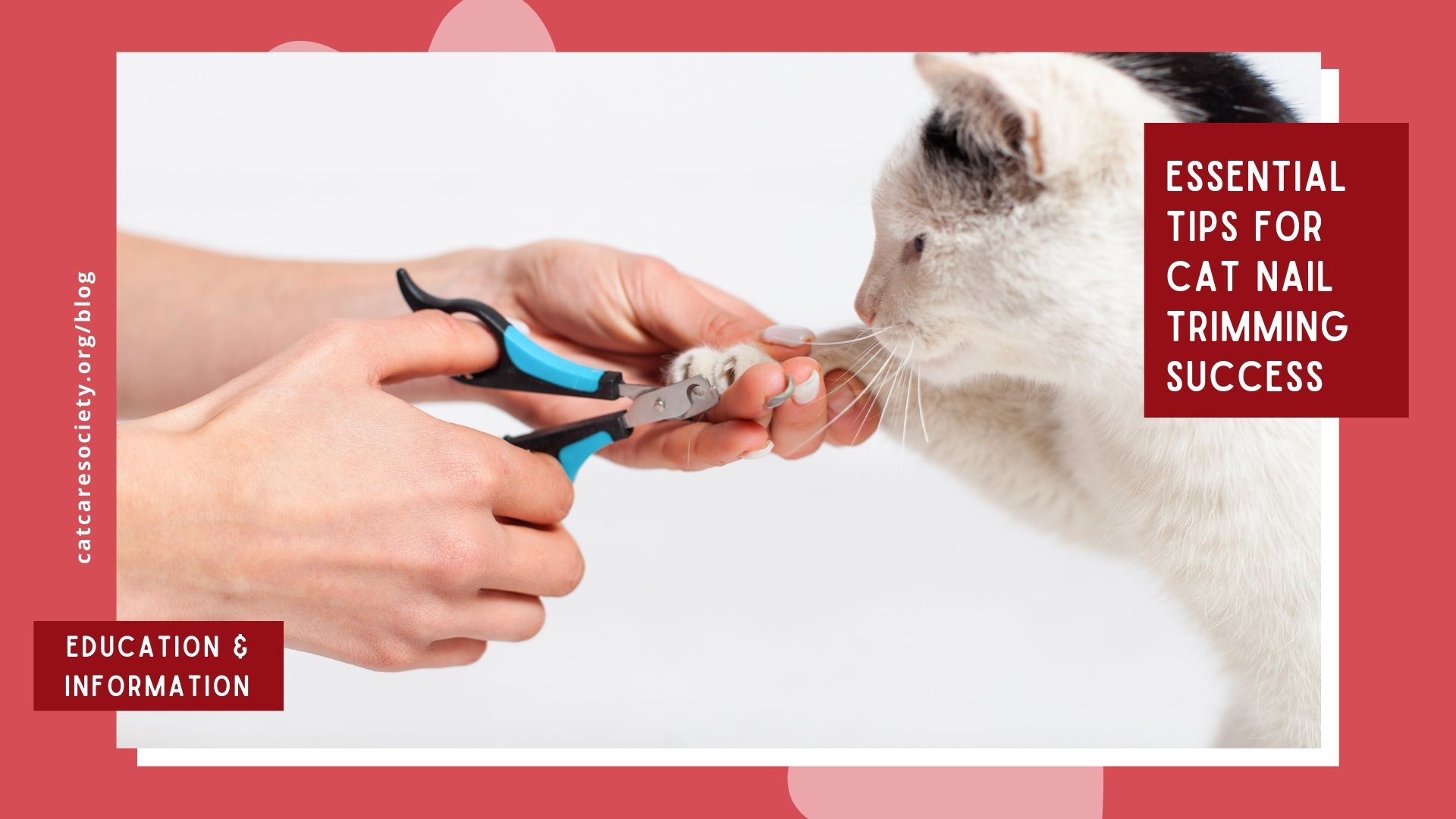
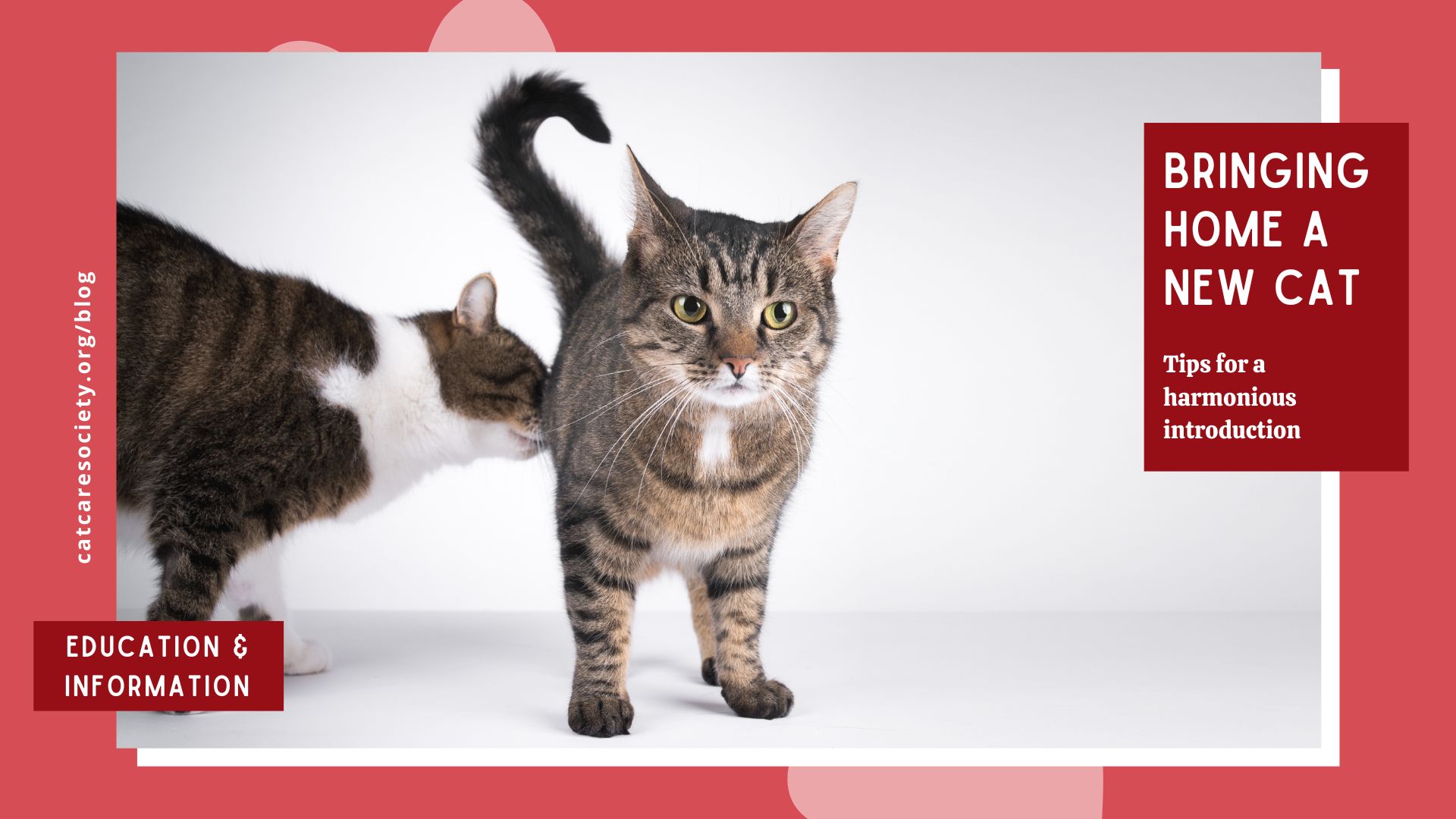

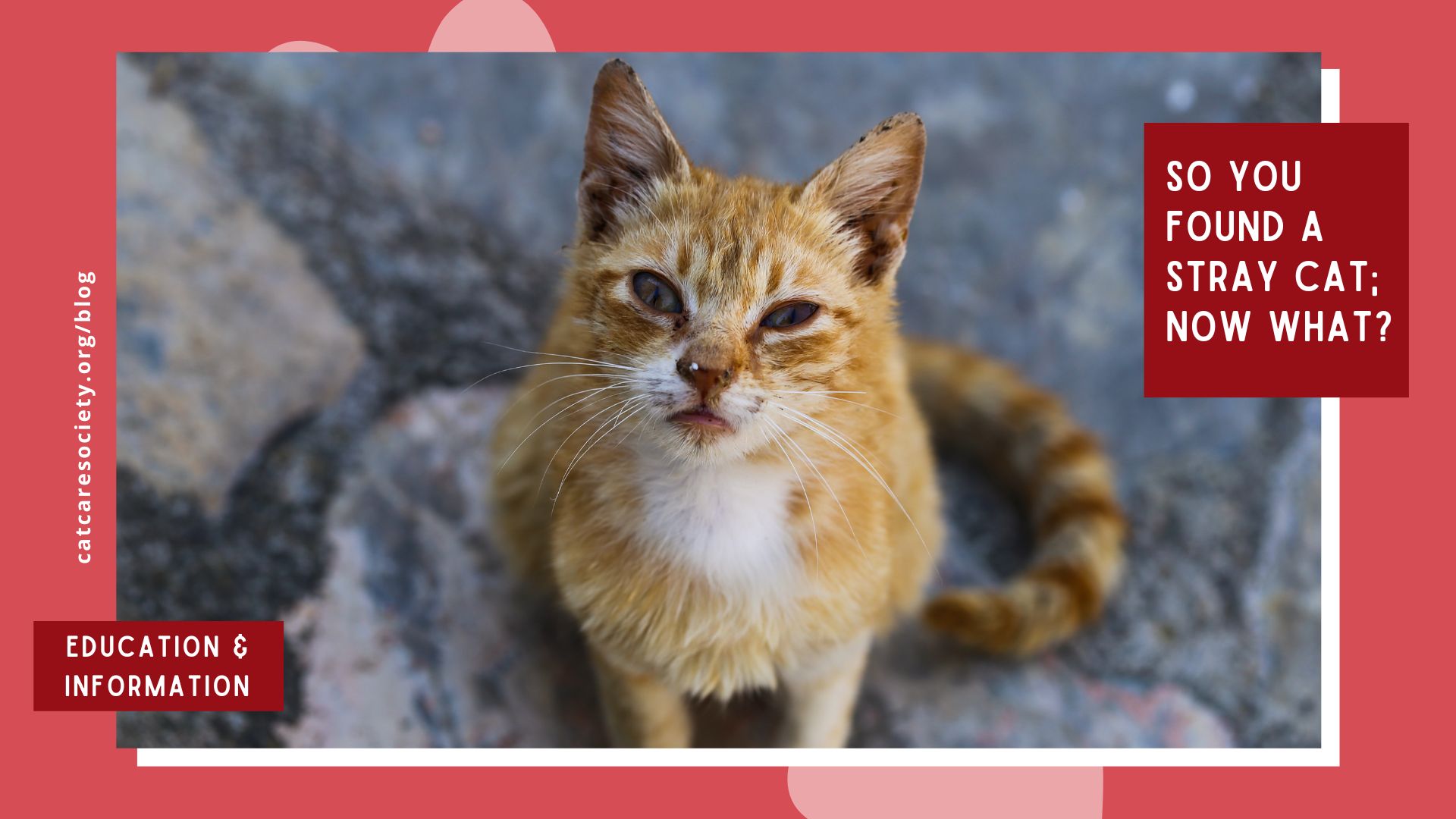


One Response
Excellent article. Good to know about Petsmart and Petco. Thank you!